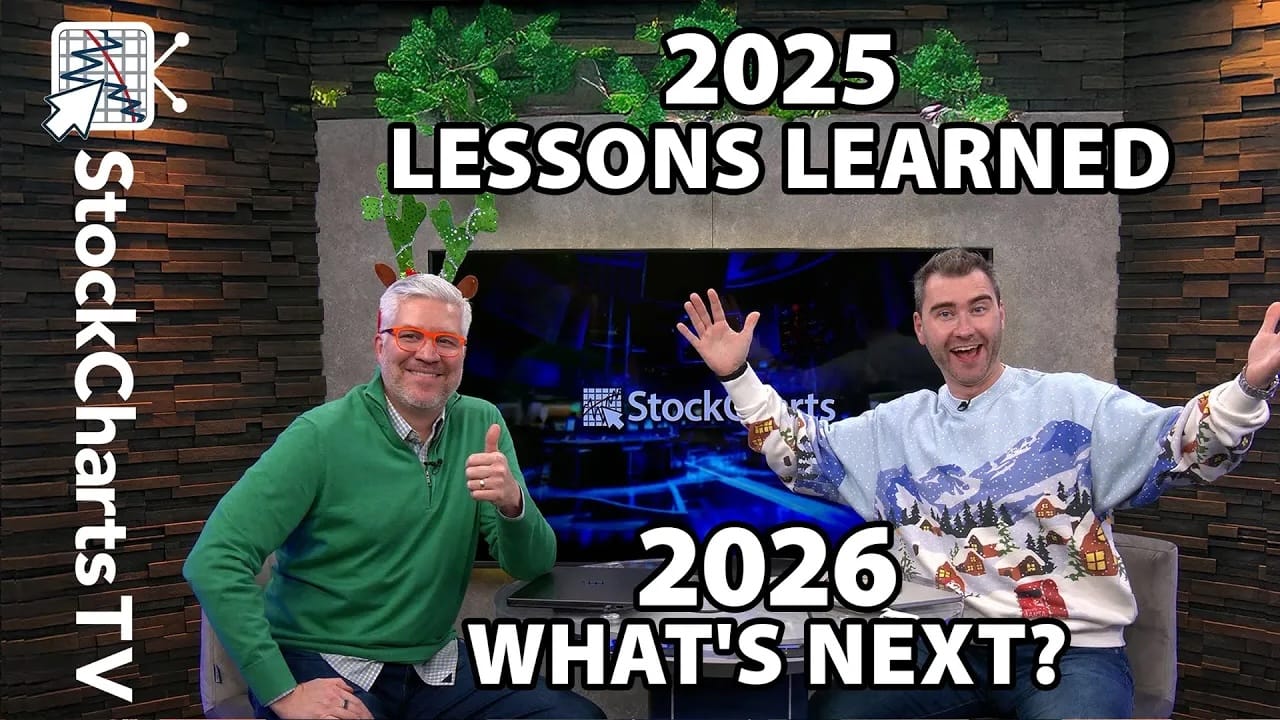ENERGY STOCKS RISE WITH OIL -- RISING OIL MAY BE HURTING UTILITIES -- CYCLICALS CONTINUE TO GAIN ON STAPLES -- TRANSPORT/ UTILITY RATIO IS ALSO RISING -- EUROPEAN FINANCIALS ARE HOLDING EUROPE BACK -- FOOD PRICES REMAIN WEAK
PROPOSED OPEC CUTS BOOST OIL AND ENERGY STOCKS... Yesterday's announcement of proposed production cuts by OPEC this November pushed the price of crude oil sharply higher along with energy shares. The daily bars in Chart 1 show WTIC Light Crude Oil (plotted through yesterday) trading above its 50- and 200-day moving averages. It's trading higher again today. Crude has been trading sideways since July, but still has a positive look to it. So do energy shares. Chart 2 shows the VanEck Vectors Oil Services ETF (OIH) rising 3% today to climb back over its 50-day line. Chart 3 shows the Energy Sector SPDR (XLE) rebounding as well.

(click to view a live version of this chart)
Chart 1

(click to view a live version of this chart)
Chart 2

(click to view a live version of this chart)
Chart 3
RISING OIL MAY BE HURTING UTILITIES... Rate-sensitive stocks like utilities are selling off today. It may not be too much of a stretch to suggest that the jump in the price of oil is part of the reason why. A rising oil price is inflationary which usually has a negative impact on stocks tied to bond prices. Chart 4 shows the Utilities Sector SPDR (XLU) trading below its 50-day average for the second day in a row. Utilities are the day's weakest sector (while energy is the strongest). The XLU/SPX ratio (top of chart) peaked at the end of June and is still dropping. That was due mainly to a backup in global bond yields. This week's jump in oil (and industrial metals) may be an early sign that the inflationary pressures are starting to build in the pipeline. That's usually a bad sign for bond prices and stocks tied to them.

(click to view a live version of this chart)
Chart 4
CYCLICALS ARE OUTPERFORMING CYCLICALS... My Tuesday message showed a ratio of the Consumer Discretionary SPDR (XLY) divided by the Consumer Staples SPDR (XLP) in a potential bottoming formation. Chart 5 shows the ratio rising to the highest level in four months. That's a positive sign that investors are starting to favor economically-sensitive cyclical stocks over defensive consumer staples. The prospect for higher inflation may also be hurting staples which pay dividends and are sensitive to interest rate direction.

(click to view a live version of this chart)
Chart 5
TRANSPORTATION/UTILITY RATIO IS ALSO TURNING UP ... My Tuesday message showed transportation stocks nearing a possible upside breakout. That's normally a good sign for the market (and the economy) because transports are more economically-sensitive. That's especially true of rails, truckers, and air freight which are strongest parts of that sector. Airlines, which have been the weakest part, are trying to rally. A ratio that compares the transports to utilities may also tell us something about the state of the market. Transports have underperformed utilities by a wide margin over the last two years. That may be changing. The TRAN/UTIL ratio in chart 6 bottomed in late June and has risen above its 200-average for the first time this year. Since July 1, the Dow transports have gained 7% while the Dow utilities have lost -6%. Rails have led the transports higher. [My colleague Tom Bowley also discussed that ratio at Chartcon 2016, along with ratio in Chart 5]. .

(click to view a live version of this chart)
Chart 6
FINANCIALS WEIGH ON EUROPEAN STOCKS ... The blue bars in Chart 7 show the Dow Jones Europe Index ($E1DOW) still trading below its April/June highs. That has prevented an upside breakout from taking place. European stocks are being held back by financial stocks, and banks in particular. That's the green line which is the Dow Jones Europe Financials Index ($E1FIN) which has lagged behind Europe's other stocks for several years. Since the start of 2016, the Europe Index has lost -2%, while Europe's financial stocks are down -16%. A lot of attention is being paid this week to the drop in Deutsche Bank (DB) to the lowest level in thirty years. That has raised concerns that its problems may spread to other European banks. It seems doubtful that Germany will allow its biggest bank to go under. Another main reason for financial weakness in Europe is negative interest rates which make it harder for banks to make money. U.S. banks have also been hurt by low interest rates. That's a problem caused by central bankers. [Deutsche Bank shares fell heavily today which may have contributed to selling of bank shares in the U.S.]

(click to view a live version of this chart)
Chart 7
FOOD PRICES WEIGH ON COMMODITY INDEX... Commodity prices as a whole are having a good day. The brown bars in Chart 8 show the PowerShares Commodity Index (DBC) climbing to the highest level in a month, which also puts it back above its 50-day average. The DBC bounced off its 200-day average (red line) at the start of August. The chart looks more like a consolidation pattern than a top, which hints at higher commodity prices. That's usually where early signs of inflation start. A lot of today's gains are coming from energy. Industrials metals are also climbing. Precious metals, which have been commodity leaders all year, continue to consolidate. One huge drag on the commodity complex, however, is food. That solid matter in Chart 8 represents the PowerShares Agricultural ETF (DBA). Its relative weakness is coming mainly from falling prices in grains and livestock markets. That may be more due to weather than economic conditions. But it's still acting as a restraint on commodity indexes. The DBC Commodity index is up 12% this year, with the biggest gains in precious metals (26%), base metals (17%), and energy (10%). By contrast, food is down -2%. Since June, food is down -12% versus a -3% loss for the commodity group as a whole.

(click to view a live version of this chart)
Chart 8
TIPS NEAR UPSIDE BREAKOUT... One part of the bond market that usually does better when there's a hint of inflation are Treasury Inflation Protected Securities (TIPS). That's because inflation adds to their principal. That's not the case with longer-dated Treasury bonds which are hurt by inflation. That's why I find the next chart interesting. The green bars in Chart 9 show TIPS iShares (TIP) challenging their July peak. At the same time, the 20+Year Treasury Bond iShares (red line) are lagging behind. That may be just a short-term anomaly. But I can't help wondering if TIPS buying is a reaction to rising commodity prices and energy prices in particular.

(click to view a live version of this chart)
Chart 9
STOCKS PULL BACK ... Stocks in general are on the defensive today. Chart 10 shows the S&P 500 falling back below its 50-day moving average. The SPX, however, remains well above initial chart support along its June peak. Utilities and healthcare are the day's weakest sectors. Foreign stocks are slipping as well. So far, no serious damage has been done to the price chart. It would take a close below its September intra-day low near 2119 to raise short-term concerns. Financial shares also sold off this afternoon on rising concerns about systemic risks associated with Deutsche Bank.












